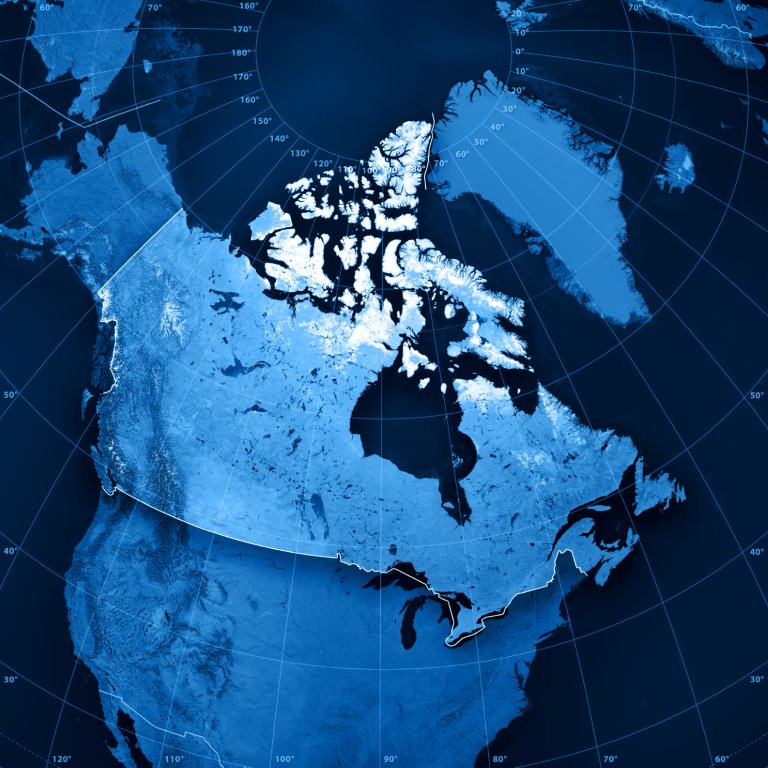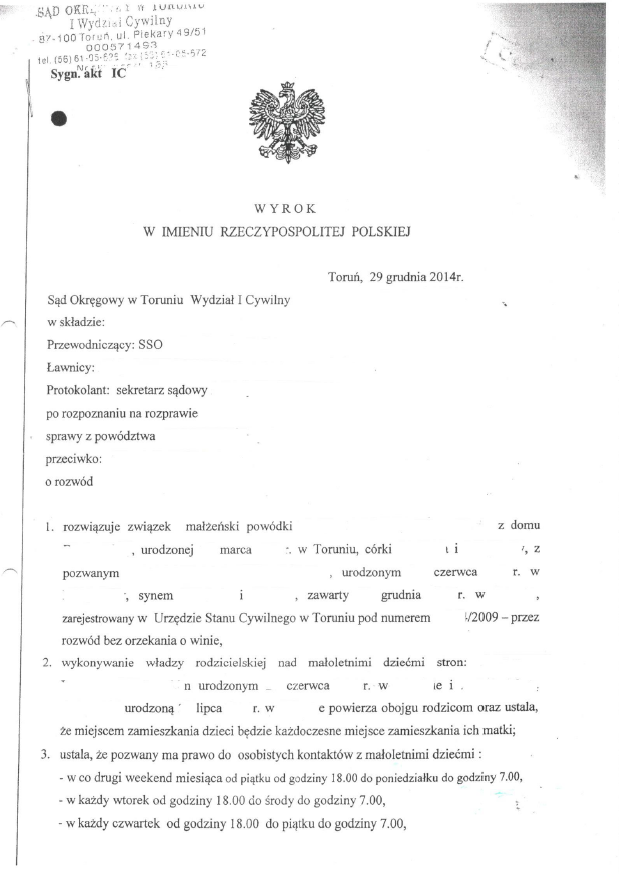publication date: January 05, 2023
The Directive on Copyright and Related Rights in the Digital Single Market (DSM Directive) is the most important directive harmonizing copyright in the European Union since the Directive on Copyright in the Information Society.
The purpose of this Directive is to adapt EU copyright law to the requirements of the digital economy. It contains new forms of fair use, i.e. the right to explore texts and data, and new forms of use for educational purposes. It also strengthens the position of authors in contractual relations, e.g. imposing a number of obligations to guarantee them adequate remuneration, which is a very important issue. The Directive also aims to meet the assumptions contained in the EU Treaty regarding the establishment of the internal market and the introduction of a system ensuring undistorted competition in the internal market.
More
publication date: January 03, 2023
The article describes the popularity of creating business entities in the Cayman Islands from the perspective of tax optimization. Leveraging one’s own economic interests with an offshore company is an interdisciplinary and multi-jurisdictional problem, and each individual investment requires the purpose of using such a solution from the perspective of the provisions on the anti-avoidance clause (Tax Ordinance) and requires ensuring proper and favorable tax jurisdiction of the owners of the offshore company, taking into account the provisions of CIT and PIT in respect of revenues from a foreign entity.
Tax optimization based on a company established in the British dependent territories – Is it a dubious “foreign remedy” for lower taxes in Poland? – Well, it depends!
More
publication date: December 5, 2022
Polish draft of the PEPP statute
On March 22, 2022, the deadline for the implementation of the EU Regulation 2019/1238 on PEPP expired. The draft of the Polish act itself was created at the end of 2020. However, in this case, most European Union countries act sluggishly and have still not implemented the content of the regulation into their legal systems. The only example of implementing this regulation is Slovakia and the fintech headquartered there Finax.
Purpose of the PEPP
The main objective of this product is to create such a voluntary pension product that will be used throughout the European Union. The Union is aware that, due to the difficult demographic situation, Member States will provide pensions in such amounts that will not allow for a peaceful, safe and, above all, dignified life after many years of hard work. For example, in Poland, the amount of pensions of current 30- and 40-year-olds is estimated at only 25% of their current salary. Suggested by the EU, it is to build self-awareness of citizens regarding saving. It is also an incentive to take better care of your finances and manage your household budget by increasing your retirement savings.
More
publication date: December 5, 2022
FTX Crypto Exchange
It is one of the largest cryptocurrency exchanges in the world. In January 2022, it was valued at $32 billion. However, in a fairly short time, it significantly lost its value. What were the reasons for this?
It all started with the information published on November 2, 2022 by CoinDesk
(link to the article: https://www.coindesk.com/business/2022/11/02/divisions-in-sam-bankman-frieds-crypto-empire-blur-on-his-trading-titan-alamedas-balance -sheet/ ). It was revealed in the content of this article that Alameda Research (another company founded by the founder of FTX) is heavily dependent on FTT – a token issued by this exchange. In view of this balance sheet, it was realized that it was not as expected. Previously, FTX was presented as a professional, very advanced and successful operation. After this article, this opinion turned the other way to the disadvantage of this exchange and its management.
More
publication date: December 5, 2022
The form of the Polish divorce judgment contains its permanent scheme.
First of all, the document contains its universal elements such as:
– case number;
– national emblem;
– the phrase: “JUDGMENT ON BEHALF OF THE REPUBLIC OF POLAND”;
– the date of the judgment;
– designation of the court and the composition of the court and the recording clerk;
– designation of persons who are divorcing and on whose initiative the divorce case is made;
– a clear indication that the judgment is the resolution of a COURT CASE FOR DIVORCE.
Secondly, the so-called operative part of the judgment, i.e. the substantive decision by the court about the fate of a given family, i.e.:
More



